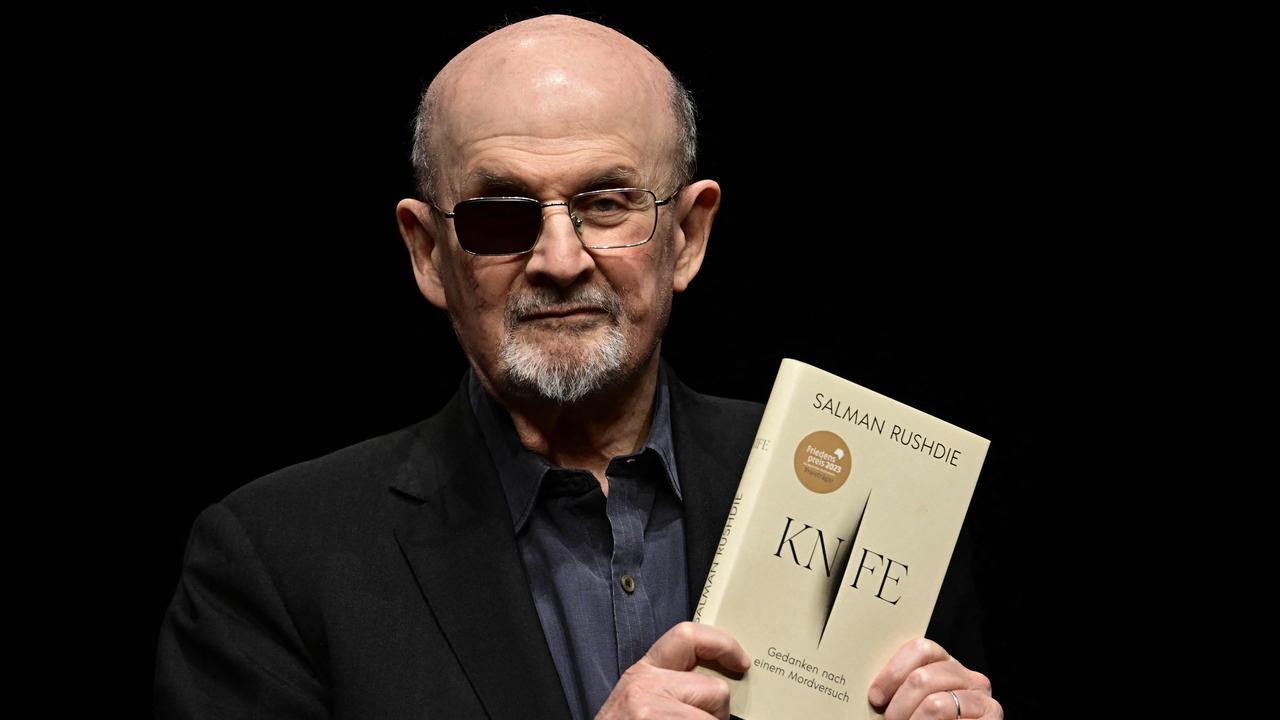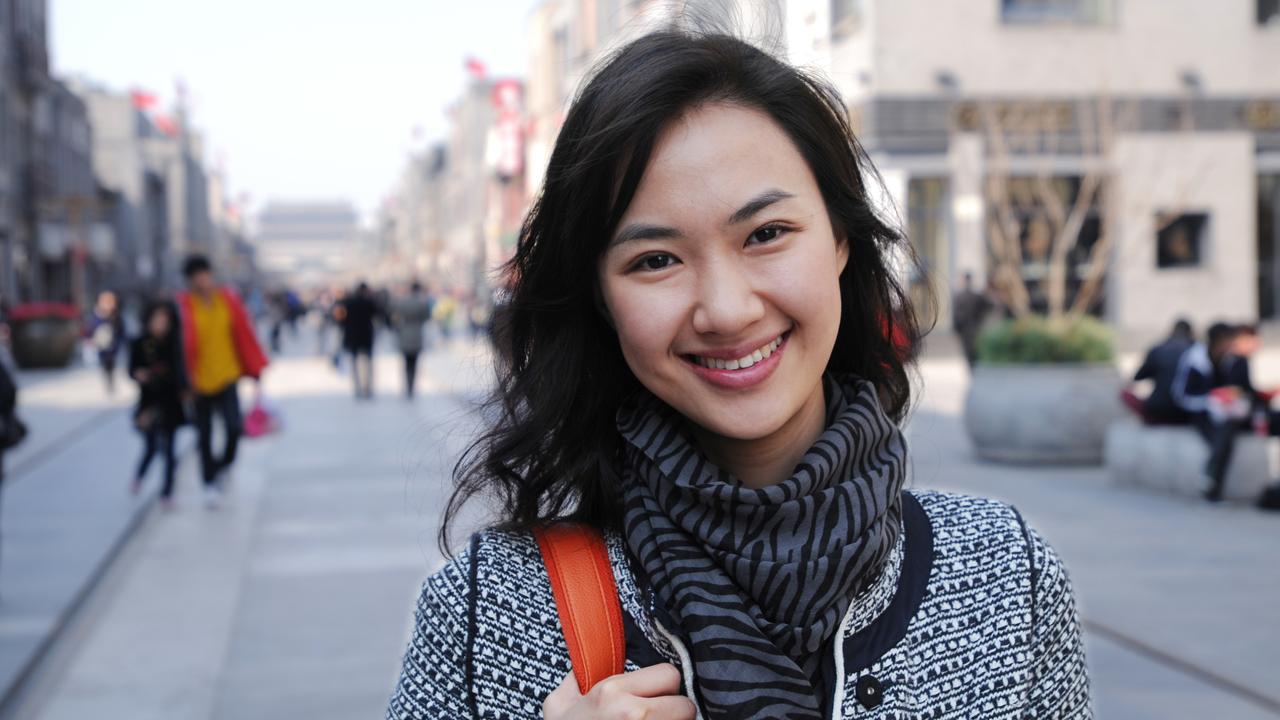Omicron in North Korea could allow Kim Jong-un to tighten grip, launch purges
After a super-spreading military parade, the ‘hermit kingdom’ has 2.46 million cases of ‘fever’. Its tyrant, Kim Jong-un, is already turning it to his advantage.
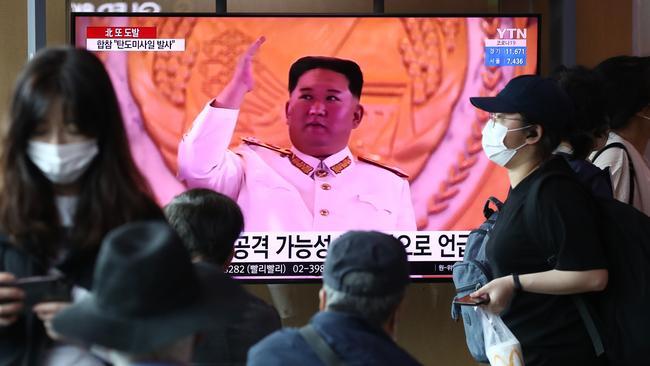
When Kim Jong-un praised a crowd of cheering students and young workers at this month’s May Day celebrations, the North Korean dictator and his subjects were beaming and unmasked.
Within days, however, a student “in close contact” with Kim fell ill with a new fever that was sweeping the country, according to Daily NK, a news agency based in South Korea that has a network of contacts inside North Korea.
The proximity of the case to the Supreme Leader may finally have forced Pyongyang’s hand. For on May 12, after clinging to the claim that it had remained Covid-free throughout the pandemic, the regime revealed that the coronavirus had pierced the country’s borders.
Kim, now masked, was pictured at crisis meetings. By yesterday (Saturday), North Korea had reported 2.46 million cases of “feverish symptoms”, almost 10 per cent of its nearly 26 million people. Saturday was the fifth consecutive day of more than 200,00 new cases and about 750,000 were held in isolation.
Yet in a country with no vaccination program and a population left vulnerable by hunger and malnutrition, the death toll rose by just one, to 66.
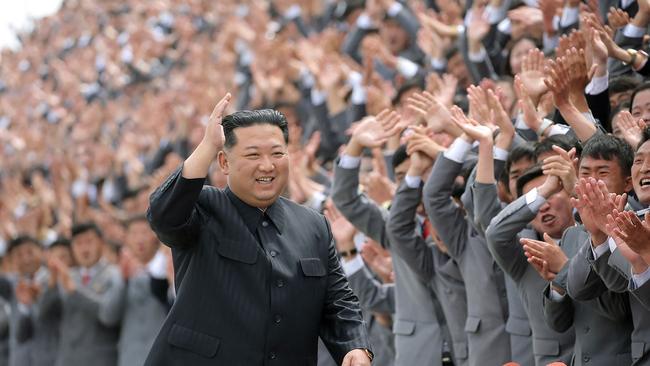
Whatever the official numbers, the onset of Omicron poses the greatest domestic challenge of Kim’s decade in power. The ramifications could spread far beyond the “hermit kingdom”. The World Health Organisation warned last week that high levels of transmission of the coronavirus among unvaccinated people risks creating a new variant.
The infected student on May Day was the nephew of a trade official who has recently visited a border region of China where Omicron was rampaging, said the Daily NK source in Pyongyang.
The gathering followed a huge military parade on April 25 marking the 90th anniversary of the Korean People’s Army. Among the ranks of goose-stepping troops were thousands bussed in from the regions, including provinces neighbouring China, the probable conduit for the virus. This show of military might appears to have become the country’s first super-spreader event.
Kim has so far responded to the emergence of Covid with what could be mistaken for candour. He described the outbreak as the “greatest turmoil” in the country’s history and excoriated senior apparatchiks for their handling of the health crisis, while being pictured casually smoking a cigarette.
In reality, he is deploying the classic despot playbook of finding fall guys for the failings of the state. This high-risk approach to the pandemic can only have been authorised at the very top.
“Kim’s blaming of North Korean officials for the outbreak underscores his limitations as a leader,” said Soo Kim, a former CIA analyst now with the Rand Corporation think tank. “Rather than taking responsibility for the oversight – which is an understatement, given the opportunities Kim has had to address the pandemic for more than two years – he chooses to fault his officials.”
The infection numbers only hint at the potential scale of the disaster in a country where years of food shortages have left about 11 million people malnourished, according to UN calculations.
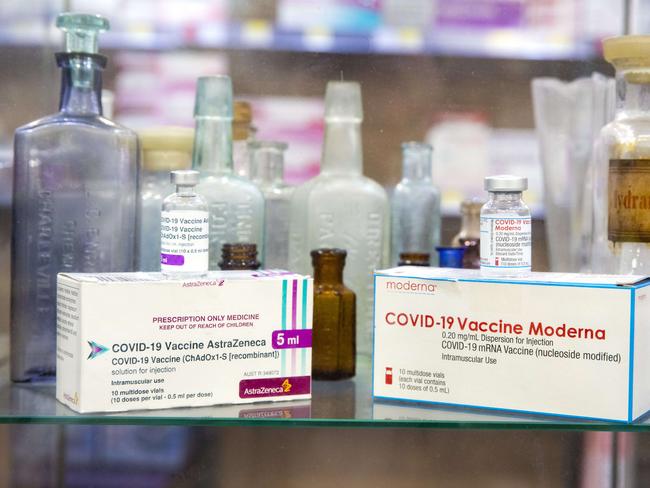
The hospital system is dilapidated and lacks vital supplies, such as oxygen, IV kits, ventilators, PPE for health workers and anti-viral medicines for the infected. Last week state media was promoting supposed fever “remedies” such as gargling salt water and drinking tea made from willow and honeysuckle leaves.
Most significantly, the regime has not vaccinated the population against Covid. Instead, the already secretive state closed itself to the world in early 2020, relying on sealed borders to keep out the virus while turning down offers of foreign jabs.
The resulting damage to the economy, on top of existing sanctions, forced Pyongyang to ease some restrictions at the Chinese border in recent months. Freight trains again crossed the bridge and small trading delegations were authorised. And that was apparently the only opening the Omicron strain needed.
North Korea has so far confirmed only a fraction of the “fever” cases as the coronavirus and already cited “good results” in its response, but there are indications that it was still trying to cover up the outbreak even as the disease spread. Defectors in Seoul said the northern city of Sinuiju, located across the Yalu river from China’s Dandong, was put in lockdown early this month due to a stream of suspected cases.
Last week Pyongyang dispatched three cargo planes to China – the first flights out of the country for two years – to collect medical supplies.
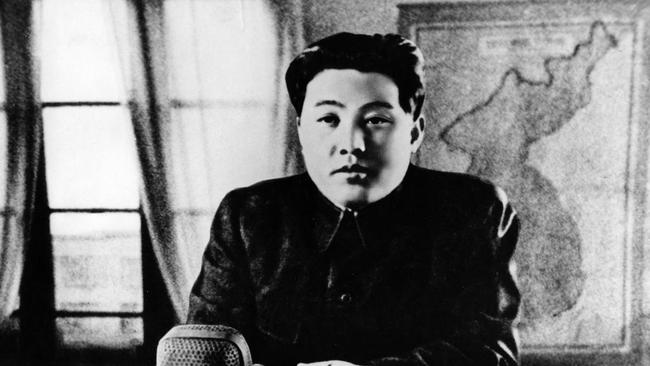
The crisis has raised questions about whether Kim’s grip on power could be weakened. An out-of-control virus is a “nightmare scenario” for the regime, said Victor Cha, a former US national security adviser on East Asia.
But as head of a country with no outlet for public debate, never mind dissent, Kim could emerge strengthened, armed with an excuse to tighten his grip and launch fresh purges.
“The pandemic may put greater pressure on his leadership [but it] will not work in the way that we would expect,” said Soo Kim. “So rather than seeing Kim take steps to fix the problem we may instead see greater repression to ensure that the country remains under his firm control.”
The ruthless dynasty – a hereditary communist dictatorship founded in 1948 by Kim Il-sung, the current leader’s grandfather – has long appeared unshakeable. But today’s third-generation tyrant has also demonstrated he wants to be seen to nod to public sentiment. During one of the public dressings-down of officials last week, he instructed them to listen to the “voice of the crowd”.
So why did North Korea stubbornly turn down offers of jabs from its ally China, or Covax, the global vaccine-sharing initiative, even after Omicron forced other Asia-Pacific states to abandon their “Covid fortress” policies?
Ideologically, the country hews to the state creed of juche, or obsessive self- reliance, invented by Kim Il-sung. It is extremely cautious, nationalistic, suspicious of outsiders and paranoid about foreign influence, perceived or real.
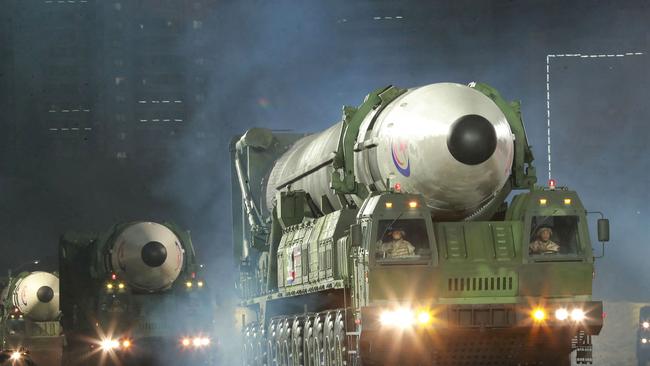
There are also unconfirmed reports that Pyongyang did not want Chinese-made jabs or the AstraZeneca originally offered under Covax, and was holding out for mRNA vaccines.
“Their pandemic strategy was to close the border and wait to ride it out. It was the same approach they took successfully with Sars and Mers,” said Kee Park, a Harvard neurosurgeon who has made 18 working visits to North Korea, referring to previous coronaviruses.
That strategy has dramatically failed. The regime has responded by ordering lockdowns in towns and cities and diverting supplies of medicines and food to Pyongyang, its greatest concern for any instability.
Restrictive lockdowns cannot be imposed in the countryside, where the planting season is under way. In a country suffering from food shortages – there were reports of starvation last winter – any disruption could be catastrophic.
Pyongyang has also issued fresh orders for troops to use live ammunition against border intruders. It is no empty threat: when a South Korean fisheries official fell or jumped from his boat and ended up in North Korean waters in 2020, troops shot him dead in the water, doused his body in oil and set it alight, fearing he could be carrying the virus.
The crisis is unlikely to bring about a thaw in relations with North Korea’s southern neighbour.
North Korea has ignored offers of humanitarian assistance from Seoul, where Yoon Suk-yeol, the hawkish new conservative president, recently took office. On the same day it announced its first Covid cases, it fired three ballistic missiles into the sea off its east coast.
And as Joe Biden arrived in Seoul on Friday for his first visit to Asia as president, US and South Korean officials said Pyongyang had completed preparations for further long-range missiles tests or possibly even a nuclear one.
“Pandemic or not, Kim will probably continue to focus on his weapons program, because it guarantees his own safety and survival,” said Soo Kim.
The Times

